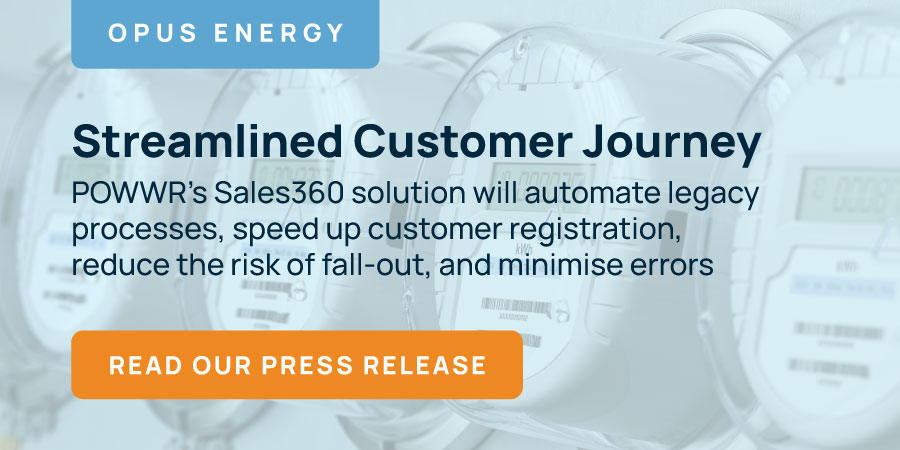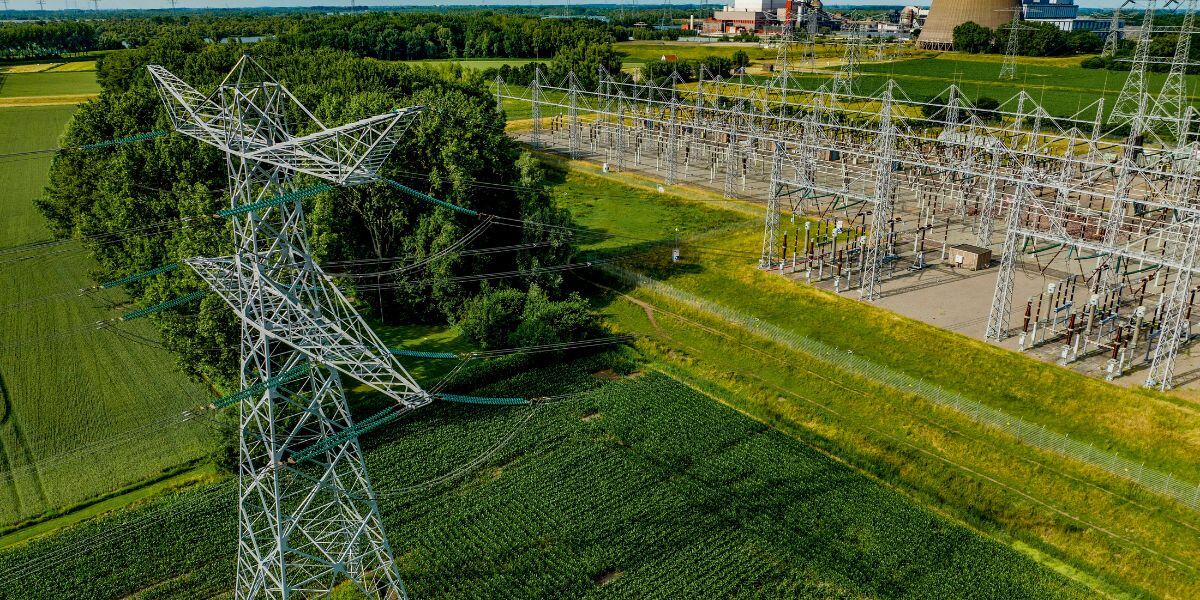Balancing Solar and Grid Power with Advanced Forecasting Tools
As global energy markets shift increasingly towards clean energy sources, solar power plays a pivotal role. However, the intermittent nature of solar energy creates significant challenges in maintaining a stable and reliable grid. Advanced forecasting tools, equipped with AI and machine learning as well as smart grid technology can help bridge the gap between solar power supply and grid demand, ensuring efficient energy distribution and stability.
The Importance of Balancing Solar and Grid Power
As the adoption of renewable energy sources like solar power continues to grow, the need for a balanced clean energy mix becomes increasingly crucial to ensure grid stability. Solar power, while a cornerstone of sustainable energy policies, inherently introduces variability due to its dependence on weather conditions. This intermittency can challenge traditional grid management strategies, which are often designed for the predictable output of fossil fuel-based power generation.
The intermittent nature of solar power can result in significant fluctuations in energy availability, leading to challenges in matching supply with demand. Without advanced management solutions, these fluctuations can cause inefficiencies in the energy supply chain, increase operational costs, and even lead to potential power outages. Such instabilities not only compromise the reliability of the power grid but can also deter further investment in renewable technologies due to perceived risks of grid instability.
Moreover, the consequences of an unbalanced grid are far-reaching. Power outages and grid inefficiencies not only disrupt daily life but also have economic implications, affecting businesses and services that depend on consistent power supply. In severe cases, these disruptions can compromise critical infrastructure and safety. Thus, maintaining a balanced grid is not merely about enhancing energy efficiency; it's also about safeguarding community well-being and economic stability.

To address these challenges, it is imperative to employ advanced forecasting tools and smart grid technologies that can predict solar power generation and demand patterns with high accuracy. These tools allow for better anticipation of energy dips and surges, facilitating proactive grid management. By integrating predictive analytics, AI, and machine learning, energy suppliers can dynamically balance solar input with grid demand, optimizing energy distribution, and minimizing the risks associated with solar power variability.
This strategic approach not only stabilizes the grid but also enhances the efficiency and sustainability of the energy system, making solar power a more reliable and attractive option for widespread use. As solar technology continues to evolve and integrate into global energy systems, the development and implementation of sophisticated energy management tools will play a pivotal role in transforming solar power from an intermittent energy source to a fundamental pillar of a stable, sustainable power grid.
How Advanced Forecasting Tools Work
Advanced energy demand forecasting tools integrate complex algorithms that analyze various data sets, including weather conditions, solar irradiance, and consumer energy usage patterns. These tools leverage AI and machine learning to enhance the accuracy of energy demand and supply predictions, enabling more effective grid management. By predicting peak times for both energy demand and solar production, these tools help align solar input with grid requirements, optimizing energy flow and distribution.
The Benefits of Advanced Forecasting Tools
These tools facilitate a harmonious blend of solar and grid power, enhancing grid stability, boosting operational efficiency, and promoting sustainability. Let’s explore how these innovative tools are transforming the energy sector, ensuring that energy suppliers can meet today's demands while preparing for tomorrow's challenges.
Enhanced Grid Stability
Accurate forecasting is vital for maintaining a stable and reliable energy supply, especially in grids that integrate high levels of solar power. By utilizing advanced forecasting tools, energy suppliers can predict solar output fluctuations more accurately and align this with anticipated energy demand periods. This precise matching prevents grid imbalances, which are often the precursors to power outages and service interruptions. For example, in regions like Texas where solar output and demand can vary significantly, advanced forecasting has been instrumental in preventing outages during critical peak loads by ensuring that solar energy supplements the grid effectively.
Increased Efficiency
Advanced forecasting tools play a crucial role in enhancing the operational efficiency of energy systems. By accurately predicting when solar energy will be available, these tools enable energy suppliers to reduce reliance on backup generation from fossil fuels, which is often costlier and less environmentally friendly. This precise prediction minimizes energy waste and ensures that the generated solar power is utilized optimally. Consequently, energy suppliers can achieve significant cost savings while also streamlining their operations. These efficiencies are increasingly critical as the energy sector moves towards more complex, multi-source generation models.
Sustainability
The drive towards sustainability in the energy sector is greatly supported by the effective use of advanced forecasting tools. By maximizing the integration of solar and other renewable resources, these tools help reduce the overall carbon footprint of energy production. Enhanced forecasting allows for a higher proportion of renewable energy within the energy mix, thereby diminishing the sector's reliance on fossil fuels and contributing to a more sustainable and environmentally friendly energy system. This shift not only helps suppliers meet regulatory requirements for sustainability but also positions them as leaders in the global transition towards cleaner energy solutions.
Implementation and Best Practices
Integrating advanced forecasting tools involves assessing current energy management systems, ensuring compatibility and training teams to leverage new technologies effectively. Best practices include continual monitoring of forecasting tool performance, regular updates to algorithms based on the latest data analytics, and maintaining an open channel for feedback from system operators to refine tool functionalities.
The Role of Risk360 in Energy Forecasting
POWWR’s Risk360 software exemplifies the cutting-edge of energy forecasting technology. With its robust AI-driven algorithms, Risk360 provides precise predictions of energy needs, balancing solar input with grid demand efficiently. This software is instrumental in enhancing grid stability and optimizing energy distribution, which is essential for meeting daily delivery requirements and ensuring service reliability.

Harness the Power of Forecasting to Master the Clean Energy Shift
The integration of solar energy into the power grid presents both challenges and opportunities. With the help of advanced forecasting tools like Risk360, energy suppliers can overcome the unpredictability of solar power, enhance grid stability, and move towards a more sustainable energy future. These tools not only stabilize the grid but also ensure that renewable energy contributes positively to meeting global energy demands.
Schedule a demo today to explore how Risk360 can revolutionize your energy management strategies.
Share this
You May Also Like
These Related Stories

How Microgrids Are Changing the Face of Energy Supply: A Guide for Energy Companies

Opus Energy Given the POWWR to Streamline its Customer Journey



